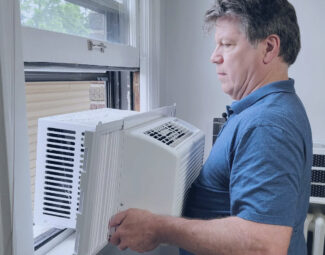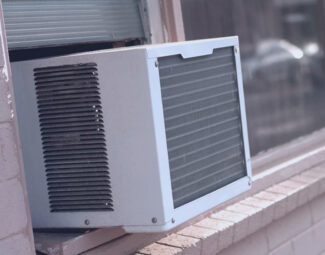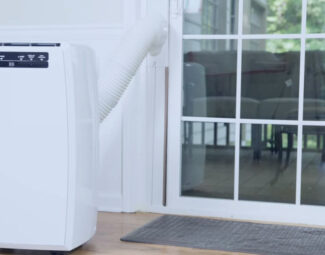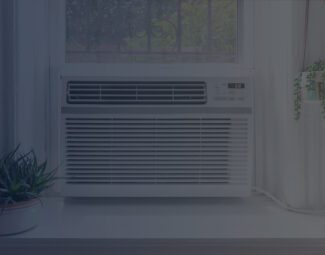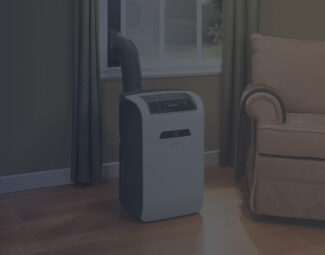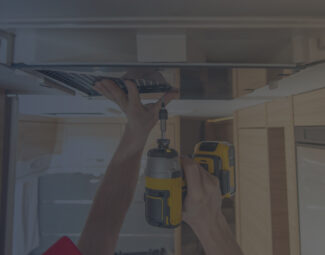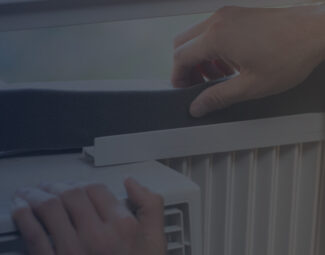T he only viable solution to create a pleasant environment indoors when the heatwaves come, the AC is an integral part of most households worldwide. When temperatures reach unbearable levels, the system provides instant cooling so that you enjoy comfortable living conditions. However, as common and sought-after as these systems are, they are perceived wrongfully at times. A common misconception related to AC systems is that they create cold air. In fact, the working principle of the system differs, regardless of what AC type we are talking about, and we will cover the entirety of this subject in the following to aid you in better understanding what makes a cooling unit tick.
Check out the best air conditioners available at the moment if you seek to cool off in an effective, energy-efficient manner throughout summer as these top selections deliver on par, unmatched performance.
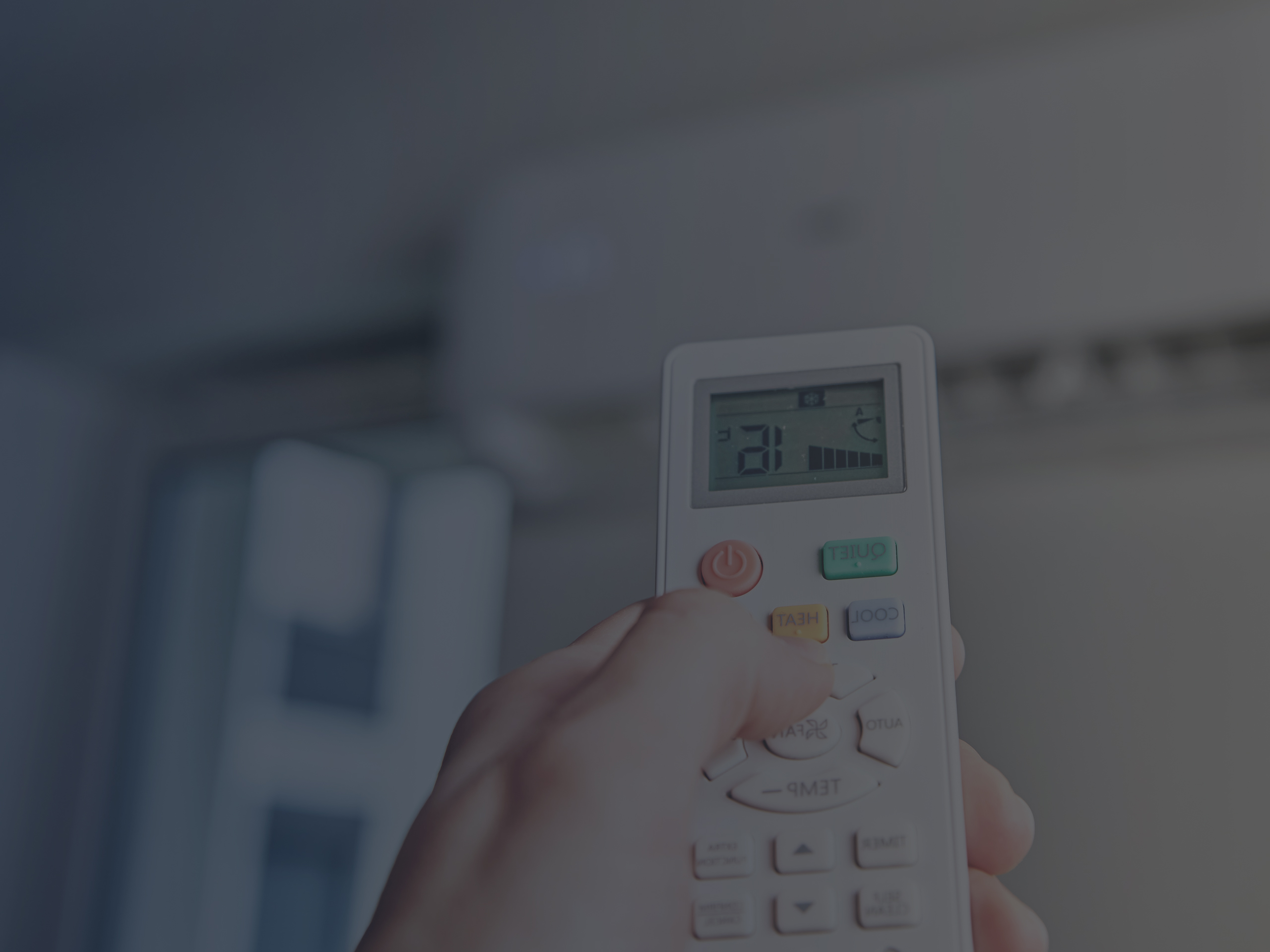
Hand Adjusting Temperature on Air Conditioner with Remote Control
Air Conditioning 101 – Covering the Basics
ACs work using this principle, chilling the air within your house through refrigeration. Inside the unit, there are coils that are filled with refrigerant compounds that modify when they encounter low temperatures, fans moving the warm air over them so that the refrigerant pulls in the heat while changing its state from fluid to gaseous. Then, high pressure is used on the gas to generate unwanted heat and revert it to a liquid state. The heat developed during this segment of the procedure is expelled outside using a separate set of condenser coils and a fan. This is a repetitive cycle that involves two different actions taking place so that indoor temperatures are lowered to provide you with comfort.
Do air conditioners serve any other purposes?
While not their primary functions, so not reliant on for these specific tasks, AC systems do indeed serve other purposes aside from the main one, which is cooling and regulating the temperature through the use of a thermostat. The two other roles played include:
- Air filtration: The onboard filter is ever-present and plays quite an essential part. It removes airborne particulates that circulate through the system. Although it is a basic filtration as opposed to that provided by a standalone air purifier, it still makes a difference in indoor air quality as there are fewer pollutants lingering in the room as a result.
- Dehumidification: Ever wondered why ACs feature either drains or pans where they collect moisture? Well, it is quite simple. Temperature is part of relative humidity, and as the temperature of humid air is reduced, part of its moisture is released. Depending on what type of system you have, it is either expelled outdoors directly, or it is collected in the aforementioned pan. Evidently, if you battle high humidity, a dehumidifier is still the best option to fight it, but it is undeniable that the air conditioner can play an important role in stabilizing RH levels.
What Are the Parts of an AC System?
You can divide the unit into two main sections between which is situated the expansion valve – the cool side that comprises the evaporator and fan (it blows the air pulled in over the cold coils and back into the room), and the hot side that comprises the compressor, condenser, and the second fan (it vents the hot air outside). The expansion valve serves the purpose of controlling how much liquid refrigerant moves into the evaporator. When there, it undergoes a pressure drop, which triggers its expansion and transformation into gas. The electric pump then pressurizes the refrigerant gas to revert it into a fluid state.
This is the basic setup of an AC, but there can be other parts depending on the model at hand, like timers, sensors, and valves. Depending on the system type, the setup can slightly differ:
- Window ACs feature all of their components in a single metal box that is relatively small-sized and that you must install into a window opening, as suggested by the name. They discharge the hot air produced during the operational process back to expel it outdoors, all while the coils and the fan tend to cool the air and circulate it indoors.
- Central ACs are a part of the home’s heating system, sharing a thermostat with it. With these bigger-sized systems, the hot side is not even situated in the house but is actually placed outside in a casing that resists all weather conditions.
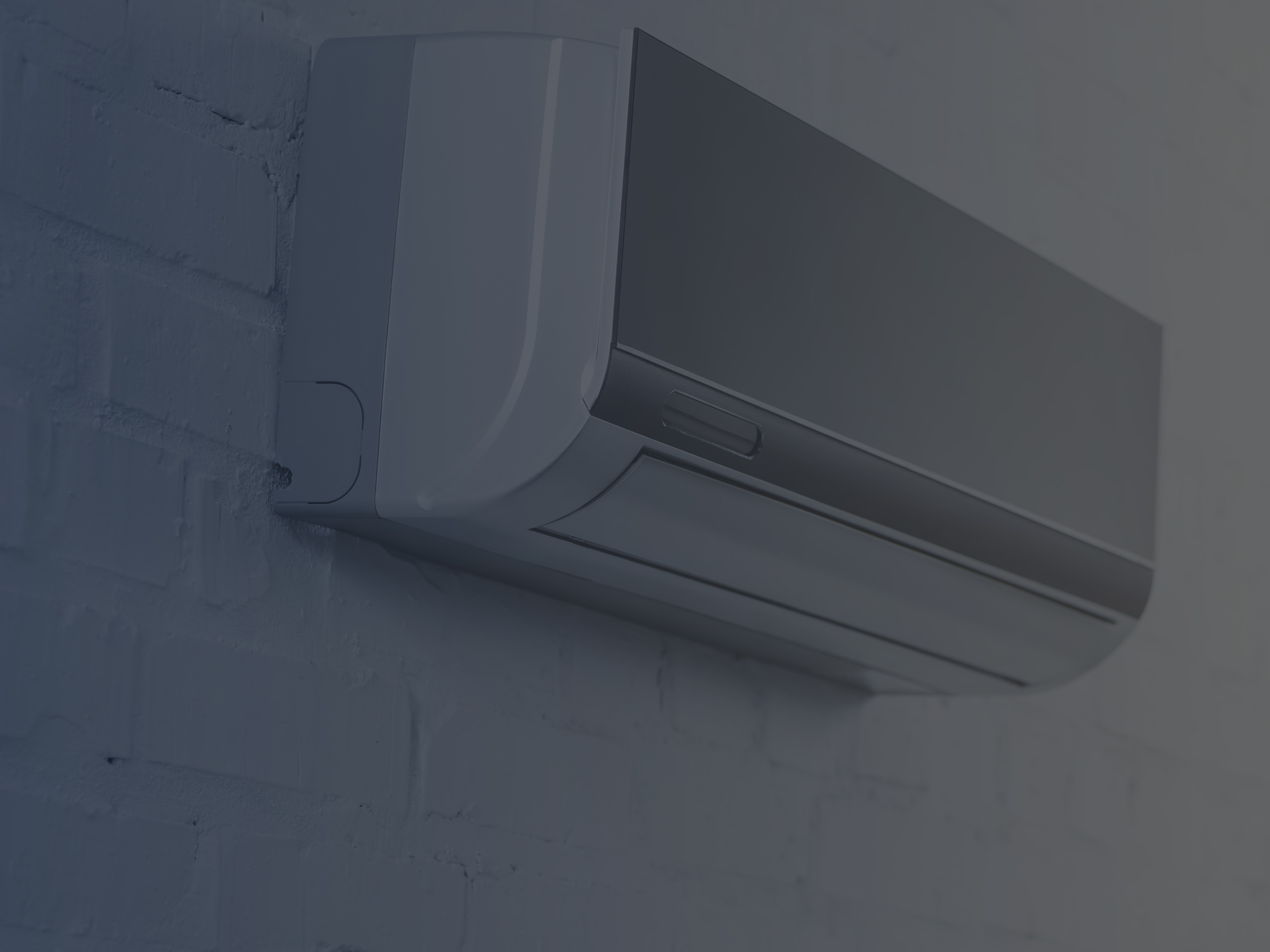
Close-up Shot of Grey Air Conditioner Hanging on White Brick Wall
How AC Units Work
The basic functioning of these systems has been covered in the first segment of the article, but now let’s take a closer look at different types of systems and how they work so that you get versed on this topic and understand your cooling system to the fullest.
Window-Mounted Units
As aforementioned, these systems are made small enough to fit into standard window frames. Depending on the setup style, you will encounter units for double-hung windows, and systems for casement or sliding windows. Different in their setup and design, they feature the same components and work identically.
How does it work?
Well, the fans pull in the warm air in the room and blow it over the coils, dissipating heat outdoors and cold inside the room. There is no rocket science here as the window AC is generally the most basic type of system operation-wise.
Central Units
Used to cool the entire house rather than a single space, it is different in its design in the sense that it is split. What does this mean? Well, the cooling compressor is located outside the building rather than in the same box with the fan like it is in a window AC.
The exterior part consists of a compressor, a condensing coil, a fan, a protective grill, a weather-resistant casing, as well as two refrigerant lines that run inside the edifice to reach the evaporator coil. The refrigerant pumps through the evaporator coil to reach the interior of the building, cooling the air as the fan blows it through the coil to assimilate the heat. The refrigerant will then return outside to reach the coil, the rapt heat being released here. This is the final point of the whole procedure, where the Freon returns to its liquid form so that the cycle continues to repeat itself.
Water-Based Units
- Chilled water units: In this scenario, the AC is installed either behind the house or on top of the roof. The water is chilled to approximately 40F and goes through the pipes in the building. With this unit, the water pipes are the ones that play the role of the evaporator coils used in standard systems, and the functioning principle pretty much remains the same aside from this aspect.
- Cooling tower units: Rather than utilizing air in the process of heat dissipation, water is used. What it does is run a cold water stream through a heat exchanger to cool down the hot condenser coils. The air is blown through the stream of water, causing some of it to evaporate, while the rest is cooled. As the liquid is lost while the evaporation process takes place, you have to routinely refill the tower, which is quite inconvenient.
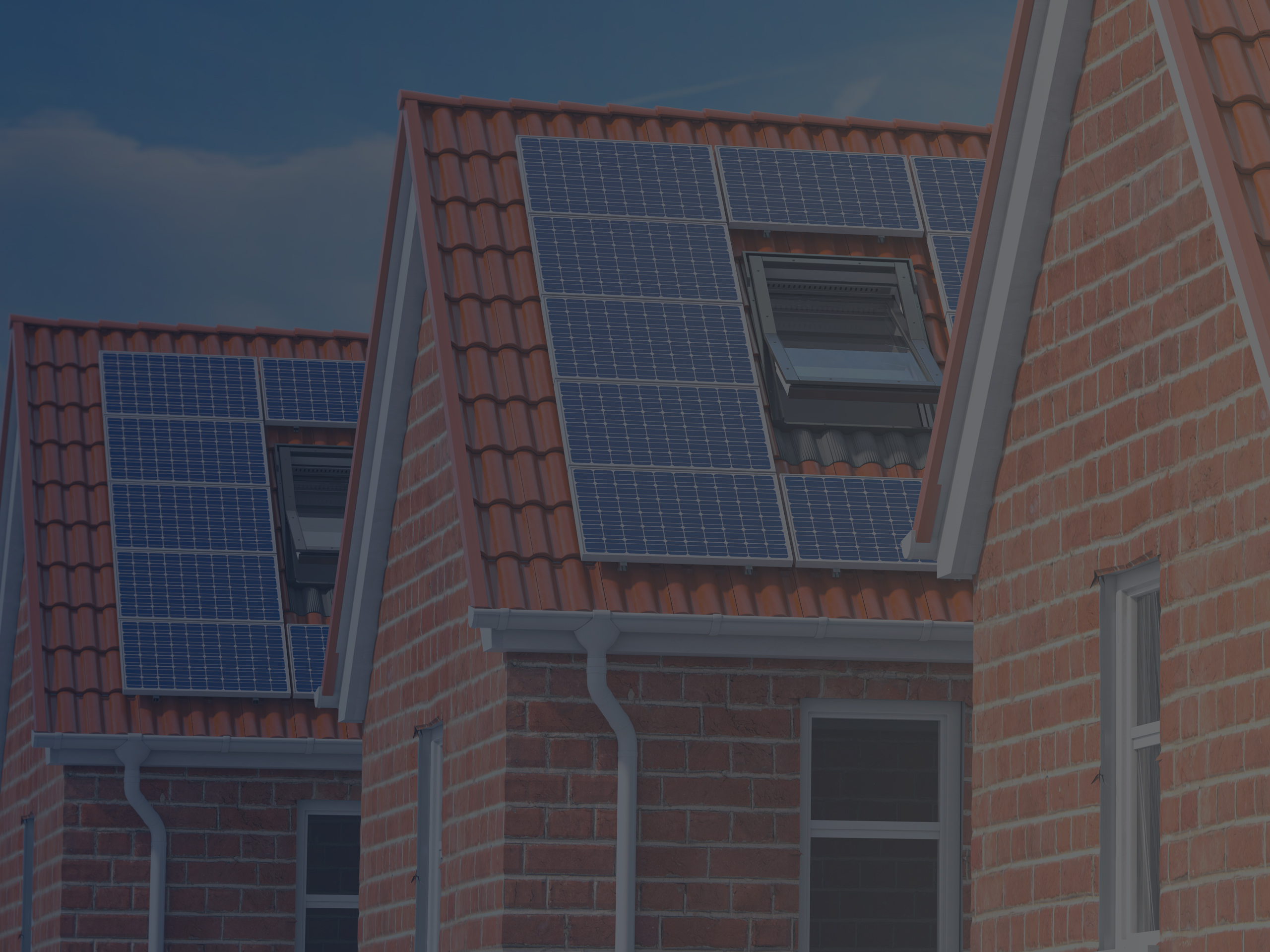
Row of Houses with Solar Panels on Roof
What the Future Holds – Air Cooling Methods Currently Under Development
Air conditioners might be efficient in their operation, but these units are not as environmentally friendly as we would like them to be, nor are they cheap to run. This is why other methods to furnish cool air indoors are being investigated as we speak, their purpose being to provide us with an effective operation but without the aforementioned concerns:
- Off-peak cooling units: Uses ice that is frozen during late hours in order to cool the air with it during the hotter parts of the day. As energy is known to cost less during off-peak hours and energy draw is diminished in peak times, there is less demand on the power grid due to this system.
- Geothermal units: Rather than relying on electricity to produce heat and cold, it uses the earth’s temperature. Closed-loop systems are utilized for residential purposes, polyethylene pipes that are filled with a liquid mixture being buried beneath the ground. In wintertime, the liquid is able to collect heat within the earth and carry it inside to heat up the house, whereas, when summer comes and the temperatures rise inside, it pulls heat from the house and deposits it in the ground to make you feel cooler and more comfortable while at home.
- Solar-powered units: At their debut momentarily, solar-powered AC units are evidently an option most manufacturers explore as cost-efficiency would be amplified exponentially, while the impact had on the environment would be minimized to a point where home cooling would not pose any sort of issue anymore.
Your Questions Answered
Question #1: Does it take in air from outside?
Answer: No, it does not use air from outside of the building to cool the interior. This misconception generally spans from the fact that hot air is expelled outdoors. All AC systems feature venting in this sense, which might create confusion. What it does is recirculate the air indoors when it runs.
Question #2: How often does Freon need to be added to the home AC?
Answer: Unless there is a leak, the system will not need you to add refrigerant. So, as long as everything runs accordingly and there are no issues that require repair, you do not have to add Freon. In case the operation is needed because of a leak, we recommend that you call in a professional as refrigerant is a toxic substance.
Question #3: How do I know if my AC needs Freon?
Answer: As aforementioned, Freon is needed when there is a leak. How do you spot the leak? The signs that indicate you have this issue include higher energy bills than usual, freezing of the evaporator coil, ice formation on the refrigerant lines, warm air coming from the vents, and hissing noises spanning from the refrigerant lines.
Question #4: How often does it need service?
Answer: A professional should be called in to check the unit at least once per year as you are unlikely to spot functional issues in the system that could lead to issues regarding use and safety later down the road. When it comes to user maintenance, you need to clean the AC daily in case there is mold growth inside of it until you get rid of the issue. The regular upkeep tasks you need to perform religiously include cleaning the filter every month and performing a seasonal deep cleaning (deep cleaning should be performed whenever needed, not only before using the cooling system at the beginning of the hot season).
Question #5: What is the average lifespan of an AC unit?
Answer: Generally, when properly maintained, window ACs and portable ACs should last 10 to 15 years. On the other hand, central units can last for up to 20 years if taken properly care of.
Bottom Line
As you can see, the air conditioning systems you use in your home, whether we are talking about central, window-mounted, or portable units, all have in common quite a simplistic yet effective operation that makes them optimal when it comes to lowering indoor temperatures. While, as aforementioned, there are other options explored as we speak, more time will pass until we can use them to uphold a pleasant temperature indoors and create optimal living conditions even during the most torrid summer day. Now that you know how these systems work and you are better acquainted, you can confidently move on to buy the AC that comes with all the features you need and that is of appropriate capacity for your application.


